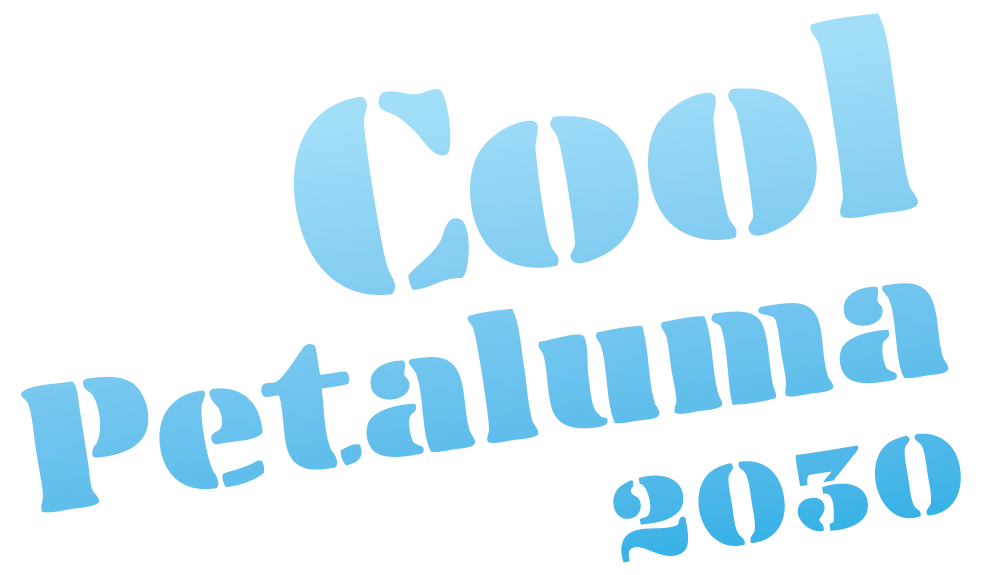Support wildlife
Support wildlife
Why?
As if altruism and appreciation weren’t sufficient motivation to support wildlife, how about the fact that we are all connected? Taking steps to protect wildlife enhances ecosystems, promotes biodiversity, helps protect livelihoods, secures food, and provides access to fresh water. People with minimal resources benefit the most.
Avoid pesticides or killing wildlife in the city
Did you know that homeowners in North America use about three times the amount of pesticides as farmers – impacting countless birds, insects, and other wildlife? If you ever wondered whether or not you and your neighbors can make a difference in helping to restore nature, this fact might give you pause. Many alternatives exist – from ladybugs to beer bait for snails to homemade organic pesticides. Give ‘em a try!
Eartheasy: Natural Garden Pest Control
Department of Toxic Substance Control: Pollution Prevention is in the Garden
Global Healing: 10 Homemade Organic Pesticides
Reduce noise pollution
Noise pollution is not only a health risk for humans. It can have a harmful impact on animals, trees, plants, and marine life, as well. You can do your part by avoiding or minimizing use of outdoor equipment such as generators, lawnmowers, and leaf blowers – as well as loud music. Frequently lubricate and maintain machinery, using noise absorbents in noisy equipment. Planting trees can also reduce noise pollution. In addition, do your part to advocate for noise regulation policies in our city and county.
Conserve Energy Future: 25+ Easy and Practical Ways to Reduce Noise Pollution at Home or Offices
Tomorrow.city: 6 Technical Solutions to Reduce Noise Pollution
Protect night skies
Just as noise is affecting humans and the life around us, so is light pollution. It can impair bird migration and disrupt the sleep of many animals, especially nocturnal species, by interfering with circadian rhythms. This is a global problem, but we can take steps – right where we are – to protect night skies and all life. A few simple things you can do?
Only add light when and where you NEED it.
Direct light and shield it close to the ground, where you need it for safety.
Use smart lighting controls such as motion-sensitive lights.
Opt for warm LEDs since LEDs produce high-intensity light.
Do your best to advocate for less light pollution in our cities.
The Conversation: Turn off the porch light: 6 easy ways to stop light pollution from harming our wildlife
Smart Cities Dive: Four Ways to Reduce Light Pollution in Cities
Portland Audubon: Lights Out
Become a beekeeper
We can’t underestimate the pivotal, life-sustaining role of bees: They pollinate 75 percent of the world’s flowering plants and 35 percent of our food. But, as you well know, bees are in decline and need our help. Growing a pollinator garden is a great first step. If you want to go further, consider becoming a beekeeper. Check out the California Master Beekeeper Program to gain access to classes for all levels of experience and beekeeping goals.
California Master Beekeeper Program
NRDC: So You Want to Be a Beekeeper…Or Just Be There for the Bees
Noble Research Institute: How to Build a Beehive
Build an owl or bat box
Giving an assist to owls or bats by building them boxes may feel like a small step, but it can make a big difference. And you may have the added benefit of pest control, for example, or hearing delightful owl sounds nearby. The resources below can get you started.
Bat Conservation International: Learn How to Build a Bat House
Audubon: How to Build a Screech-Owl Nest Box
Create wildlife corridors
Black bear up a tree? Mountain lions in shopping centers? Racoons in your garbage can? It’s time we looked at these “problems” from the vantage point of our beloved wildlife. Habitat fragmentation caused by humans has led to occurrences like these and humans can do something to help.
Wildlife corridors can help by providing a balance between increasing human populations and the need to preserve and improve existing wildlife habitat. These traveling avenues for many species help increase food sources, provide valuable cover, decrease the chance of predation, and reconnect fragmented and isolated populations.
Locally and regionally, organizations like the organizations below work to maintain and create wildlife corridors. See how you can support them.
Paula Lane Action Network (PLAN)
Ag + Open Space Sonoma county: Balanced land management at Paula Lane Open Space Preserve
Regeneration: Wildlife Corridors

